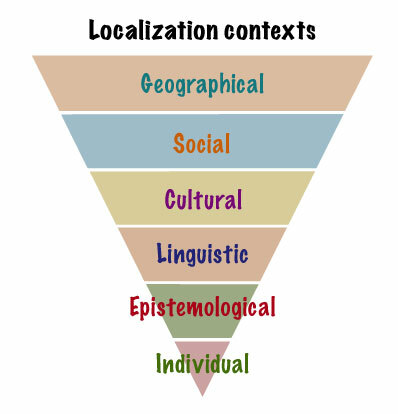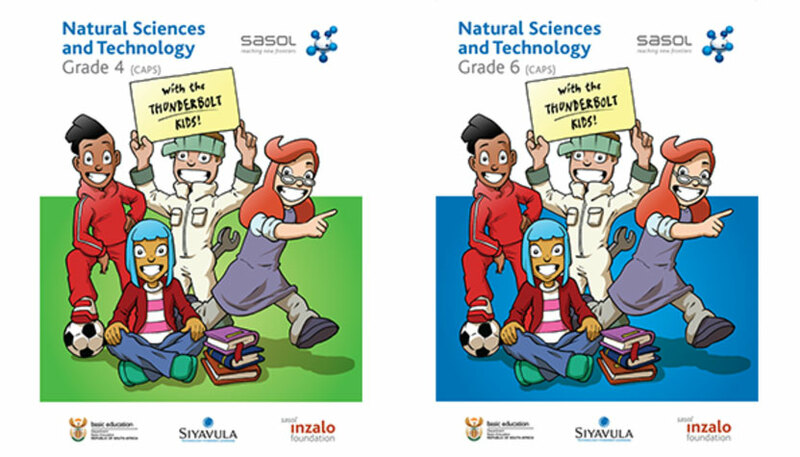e-Learning Ecologies MOOC’s Updates
Essential update #7: Localized learning with open educational resources
Mary Kalantzis, in the video Learner Differences in Old Classrooms and New, mentions that the real responsibility of educators is not to get through the curriculum, or get learners through school, but to ensure that every learner can absorb and use the knowledge presented to them.
Localized learning reduces the distance between teaching materials and learners, firstly by making the content relevant to learners’ local circumstances and secondly by presenting it in more accessible language, whether this is literally a different tongue or easier terminology.
Open educational resources (OER) offer a wealth of high-quality resources that can reduce the work involved in designing lessons, exercises, etc., for differentiated learning. According to the United Nations Educational, Scientific and Cultural Organization (UNESCO),
“Open Educational Resources (OER) are learning, teaching and research materials in any format and medium that reside in the public domain or are under copyright that have been released under an open license, that permit no-cost access, re-use, re-purpose, adaptation and redistribution by others.” (UNESCO, n.d.) https://www.unesco.org/en/communication-information/open-solutions/open-educational-resources
Jako Olivier, UNESCO Chair on Multimodal Learning and Open Educational Resources (OER), talks about the need for relevant content in a webinar on strategies for localizing OER (WUN-UNESCO, 2021). Most OERs are made available by institutions or individuals in the Global North, and they are most commonly available in English. The usefulness of OERs would be limited in different cultures, countries and curricula if it were not for the open licenses that permit their ‘re-use’ and ‘repurposing’. This means that OER content and the languages and formats they are offered in can be localized to fit the contexts in which they are used.
Localization for learning can happen at different levels.
At the national or international level, localization modifies materials to suit a country or region. For example, Teacher Education in sub-Saharan Africa (TESSA) has adapted their content for teachers and teacher educators for 23 country contexts, including school curricula, and offers it in Arabic, English, French and kiSwahili.
At this level, changes should be handled by experts (translators, subject specialists, etc.), who collaborate to ensure accuracy and relevance.
When teachers can trust resources they are more likely to use them. Educational technology company Siyavula has developed open maths and science textbooks for South African schools. Teachers in a case study on the use of their textbooks considered them ‘trustworthy’ because of ‘the participation of well-respected faculty members at prestigious South African universities’ (Jimes, Weiss & Keep, 2013).
The Siyavula text books are developed locally, in South Africa, but being open resources they can be further localized at the school level, illustrating the advantage that OER materials can be localized further to meet the needs of students and teachers. Teachers can use local examples or case studies to make a topic more relatable, add videos, music and images and offer different ways to access the resources. OER is linked to digital technology but educators may download materials in areas with expensive or spotty connectivity or offer hard copies where digital devices are not available.
In the Siyavula case study, the teachers used printouts of the text books. This added a further level of localization – personalization. Students owned their copies and could make notes, work out problems, and use them for revision. The OER resources were well utilised because of localization: “Thus, localization in this case involved a blended approach to using OER, leveraging Internet technology and the skills of the classroom teacher” (Jimes, Weiss, & Keep, 2013).
References
Goubakouly, R. (2018, March 29). Pros and cons of using open educational resources. Gutenberg Technology. https://blog.gutenberg-technology.com/en/pros-cons-open-educational-oer
Jimes, C., Weiss, S., & Keep, R. (2013). Addressing the local in localization: A case study of open textbook adoption by three South African teachers. Journal of Asynchronous Learning Network. 17. 73–86. DOI: 10.24059/olj.v17i2.359
Siyavula (n.d.). Open catalogue. Siyavula Education. https://www.siyavulaeducation.com/work-oer.html
Teacher Education in sub-Saharan Africa (TESSA). Website. https://www.tessafrica.net
The Learning Accelerator (n.d.). How can I utilize open educational resources to personalize lessons and assessments? The Learning Accelerator. https://practices.learningaccelerator.org/problem-of-practice/how-can-i-leverage-open-educational-resources-when-planning-lessons-and-assessments-to-meet-my-students-needs-in-my-personalized-learning-classroom
UNESCO (n.d.). Open educational resources. United Nations Educational, Scientific and Cultural Organization (UNESCO). https://www.unesco.org/en/communication-information/open-solutions/open-educational-resources
Wolfenden, F., Buckler, A., & Keraro, F., 2012, OER adaptation and reuse across cultural contexts in sub Saharan Africa: Lessons from TESSA (Teacher Education in Sub Saharan Africa, Journal of Interactive Media in Education, 2012(1), Art. 3. DOI: http://doi.org/10.5334/2012–03
WUN_UNESCO (October 2021). Open Ed – Strategies for localizing open educational resources [Video]. YouTube. https://www.youtube.com/watch?v=1DgSWzVGyGA




